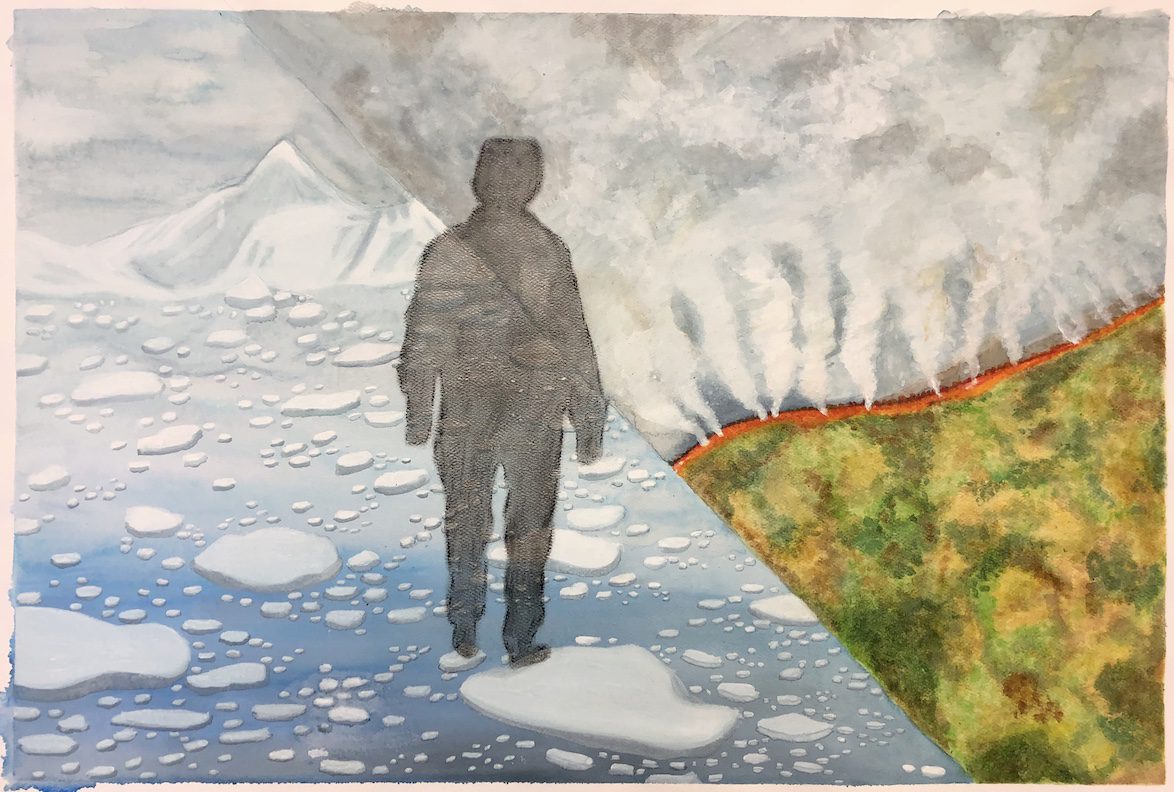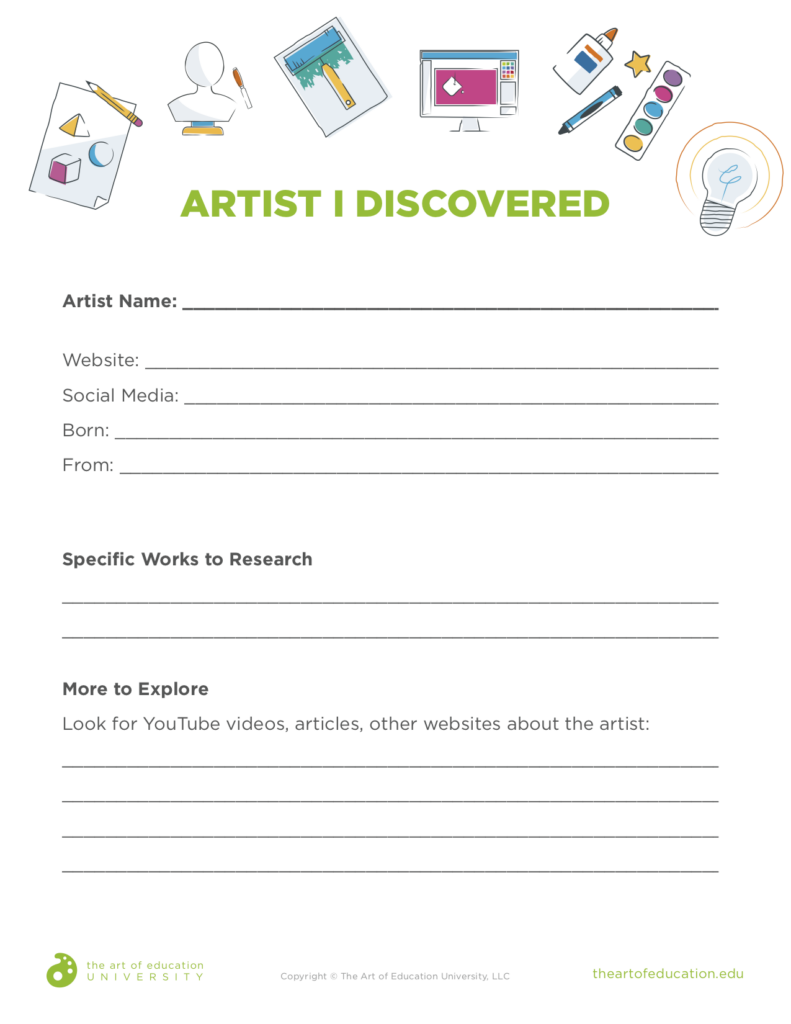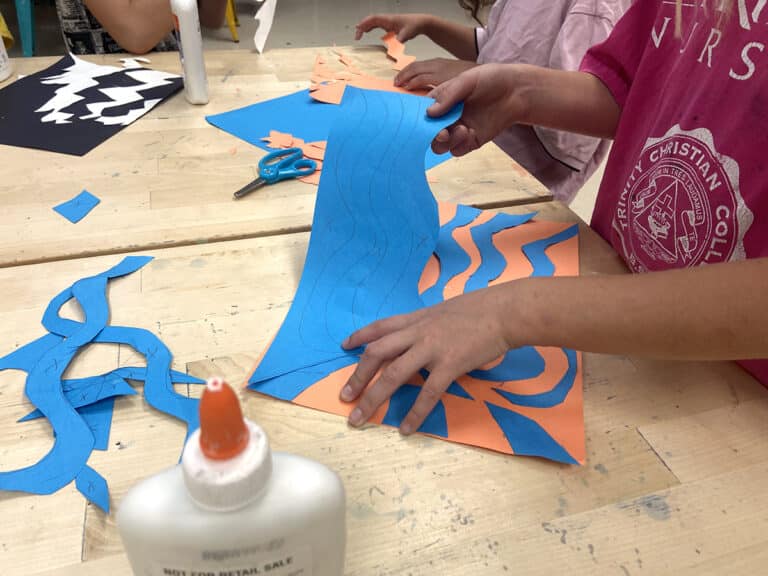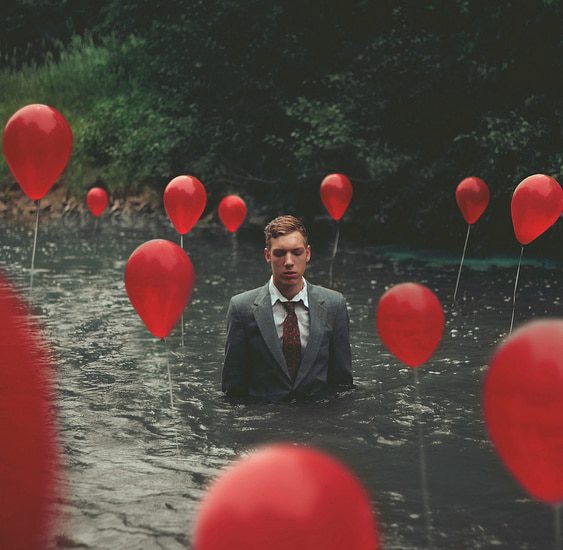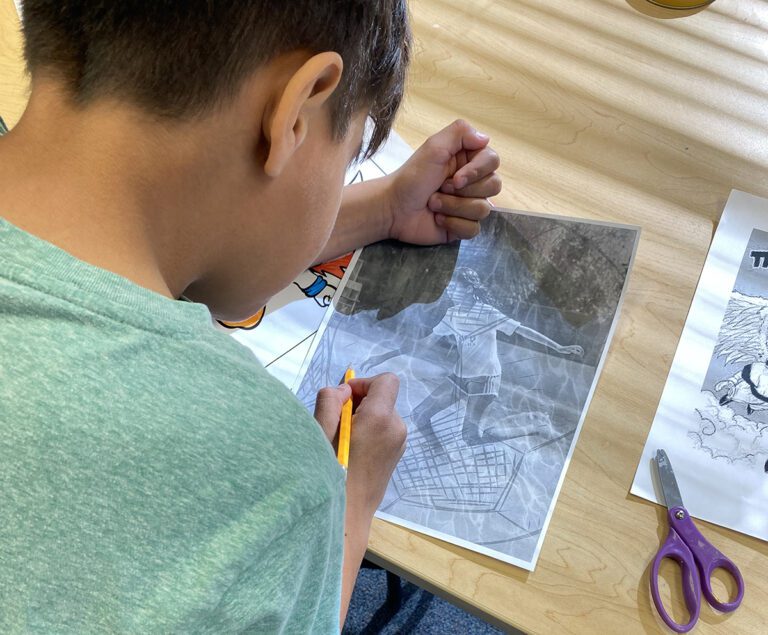The traditional K-12 art education curriculum is packed full of some of the greatest artists in history. You can find dozens of resources and project ideas inspired by Picasso, Van Gogh, and Monet. Artists like these certainly have earned their place in your curriculum, but it’s also important to share contemporary examples with your students. If you are preparing students to create art in today’s world, you should also introduce them to today’s artists.
Contemporary artists not only provide students with examples of living artists but also reflect current practices and issues your students may be familiar with. This is an excellent opportunity to share with students how they can incorporate their interests and opinions on the world they live in into their works of art.
Add contemporary artists to your curriculum.
You can easily include contemporary artists in your existing curriculum. This does not have to be a complete overhaul of what you have already established. Think about the big ideas and student learning objectives in your current units. A monochromatic lesson focused on Picasso’s blue and rose periods can easily incorporate contemporary South African artist, Lisa Brice’s work. Likewise, your magazine collage project could include examples from contemporary American artist, Lorna Simpson.
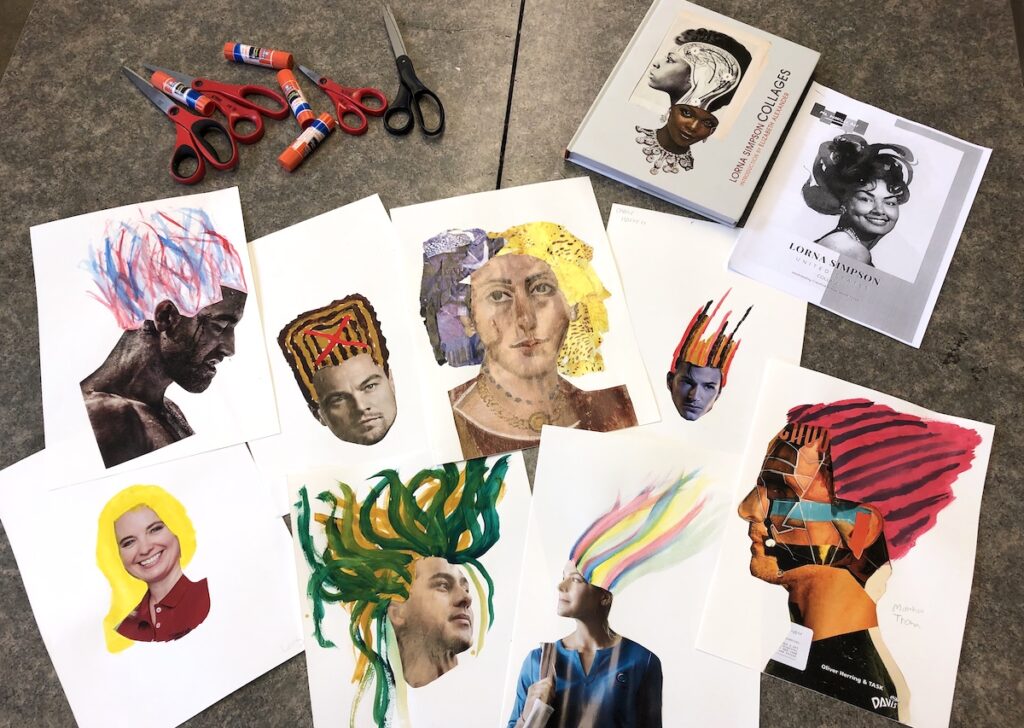
Students interested in graphic design may find artist, Adam Bertels’ work inspiring. Bertels works as a graphic designer in the St. Louis area. In addition to designing for local businesses like Strange Donuts, he also created the successful series, Monsters of Rock. Bertels designed letters of the alphabet to depict a different musical artist or band. You could use his work as an example of personification, thematic unity, illustration, and more. This is a great opportunity to develop a class project like a coloring book to be shared in the community or with younger grade levels.
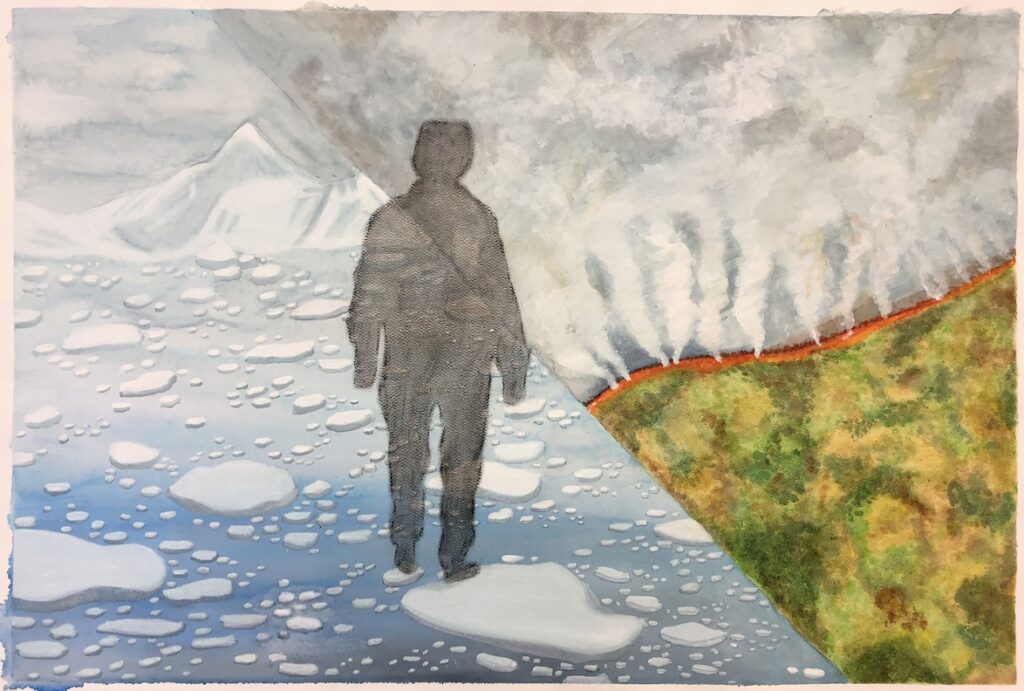
During your printmaking unit, you may throw in contemporary printmakers like Filipina, Kill Choy, or American, Bill Fick. Each of these artists works in linoleum prints but have distinct styles and subject matter. Kill Choy has several prints honoring animals and nature, while Fick’s prints depict the strange and grotesque. Both of these artists are sure to spark interest for many of your students. You can design lessons that follow their work or simply show them as references. Point out their use of positive and negative space, composition, and balance. Students can create their own edition of prints with contemporary inspiration in mind!
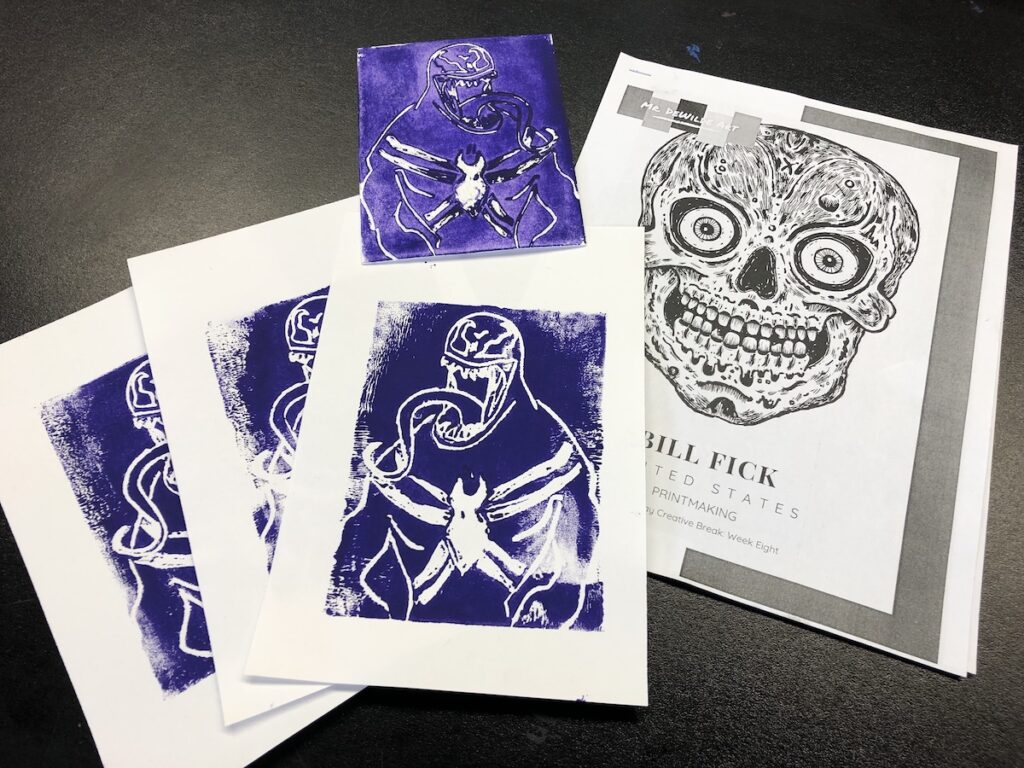
Developing lesson plans and project ideas featuring living artists is a great way to introduce your students to contemporary art. By providing these examples, you will show students art is not a practice of the past, or simply historical; it’s an ever-evolving creative process with a variety of career paths and applications.
For more contemporary art curriculum suggestions, check out the Celebrating Diversity Through Contemporary Art PRO Learning Pack.
Recommend contemporary artists for individual students.
Once your students have a general introduction to contemporary art, you can also make specific suggestions to students who are developing their own artistic style. As you get to know your students and their interests in subject matter, media, and technique, you can refer them to specific contemporary artists they may find appealing. This gives students an individualized connection to contemporary art. You are showing them you notice their artwork and have done a bit of research tailored to them.
This may seem like a daunting task if you have several students you see each day, so this might be a practice you reserve for an art club, an honors art class, or exceptional students. You would probably want to choose a small group of students for these individual recommendations for time management’s sake.
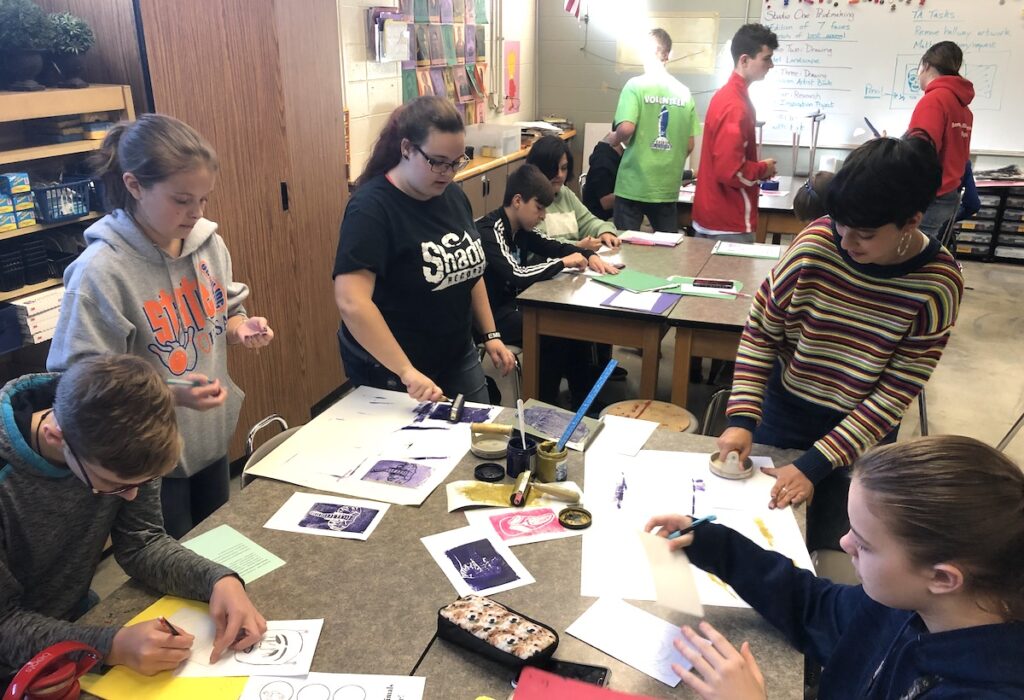
More than just sharing the artist’s name, you can direct students to the artist’s website, social media, and specific works you find that relate to their own art style. Provide students with a short written explanation of why you chose the specific artist for them. It’s a thoughtful act that can make a big impact in the lives of your creative students!
If you know a student is interested in environmental issues, you can do some research and find artists who use art to shed light on similar concerns. Contemporary Artist, Zaria Forman, creates large-scale pastel drawings of ice glaciers to bring attention to global warming. By suggesting an artist who shares the same interests and/or concerns as your student, you can create a great learning opportunity.
Encourage independent research.
After demonstrating to students what type of information to collect on contemporary artists, ask them to use your suggestion as a guide. Students may do independent research to find a contemporary artist that interests them and relates to the type of art they wish to create. Once students have done this research, ask them to create an original work inspired by their chosen artist. They may present their findings and final project to the class as an opportunity to introduce more students to a different contemporary artist.
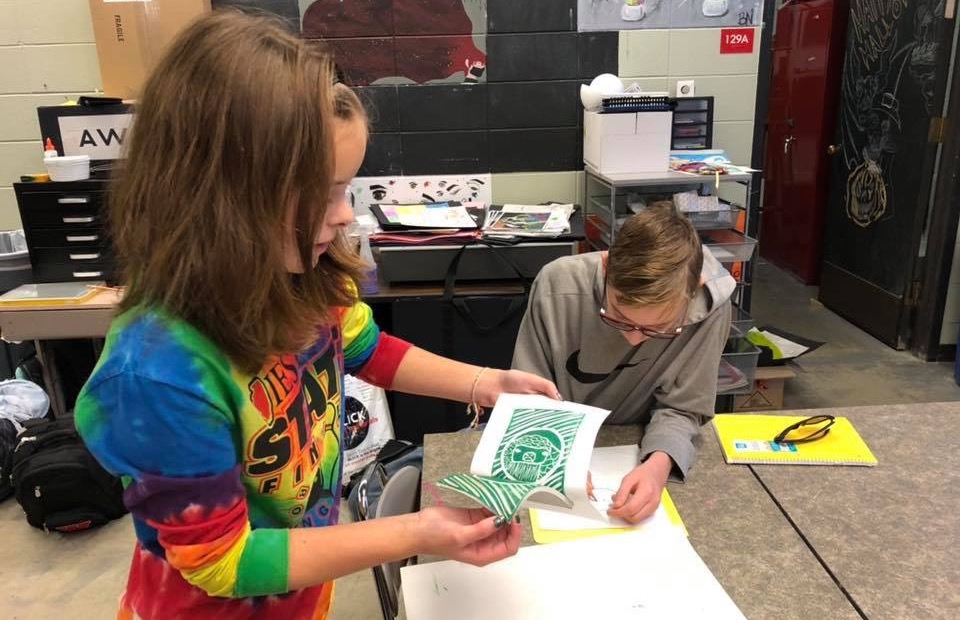
This type of learning can be extremely meaningful as it is student-led and centered around their interests in art media, process, and subject matter. Students learn through research and discovery. They get the first-hand experience of creating artwork like a professional artist and get to share that experience with their peers.
Use this download to help guide your students’ discovery of contemporary artists.
A student who is interested in painting and photography may select an artist like Alexa Meade to research. The student would write down the artist’s website and social media, as well as specific titles of artwork that interests him or her. The best part is to have students write down how they relate to the artist. A student interested in Alexa Meade may write that they like the artist’s use of brush strokes or the concept of creating live paintings. Once they have done their research and expressed their interest in writing, they would be able to begin their own project inspired by the artist’s work.
Preparing the next generation of artists is one of the best perks of a career in art education. To do so, we need to introduce students to not only the impact and traditions of art history but also the current practices and issues in contemporary art. By researching and discovering new artists, you will also keep your curriculum fresh for your students, as well as your own teaching practice.
How do you introduce students to contemporary art?
Who are some of your favorite contemporary artists to teach?
How do you facilitate student research?
Magazine articles and podcasts are opinions of professional education contributors and do not necessarily represent the position of the Art of Education University (AOEU) or its academic offerings. Contributors use terms in the way they are most often talked about in the scope of their educational experiences.
